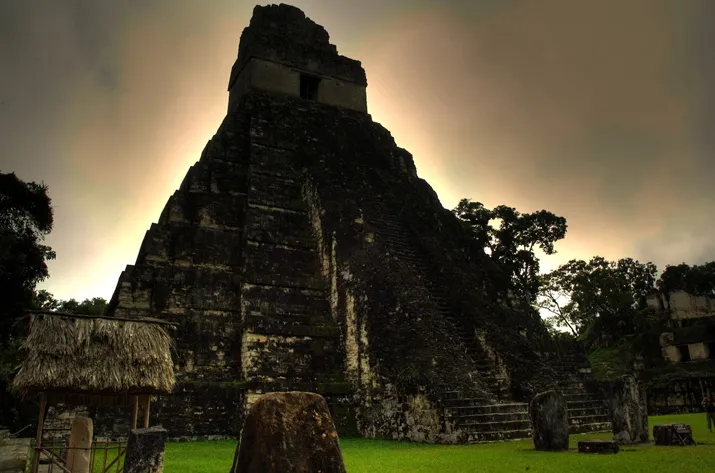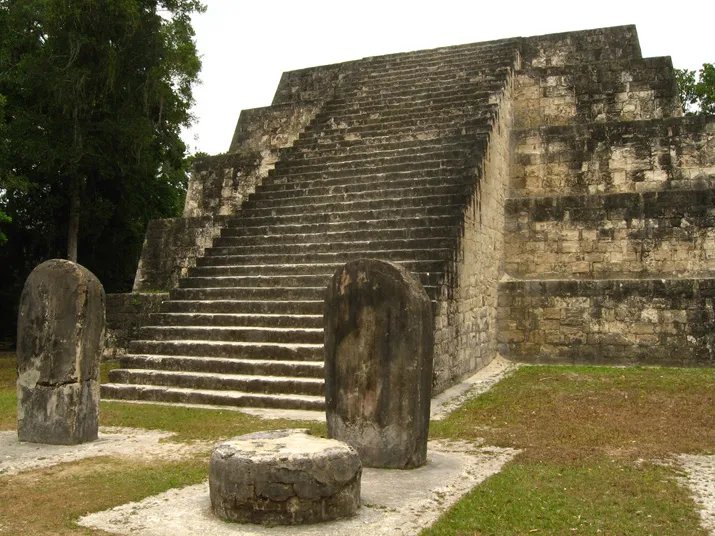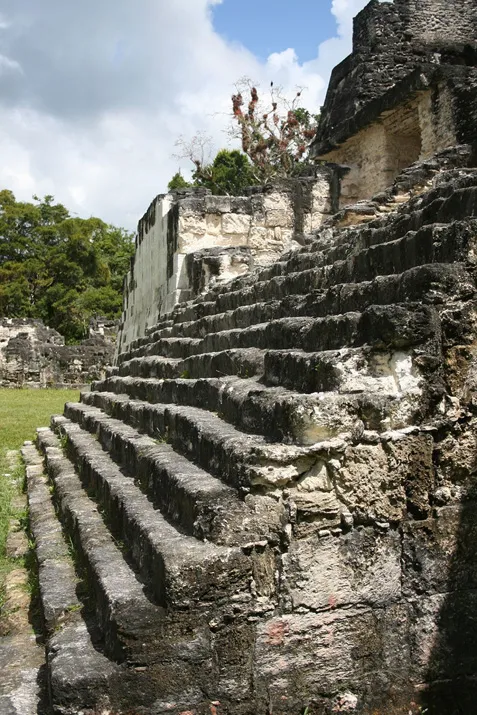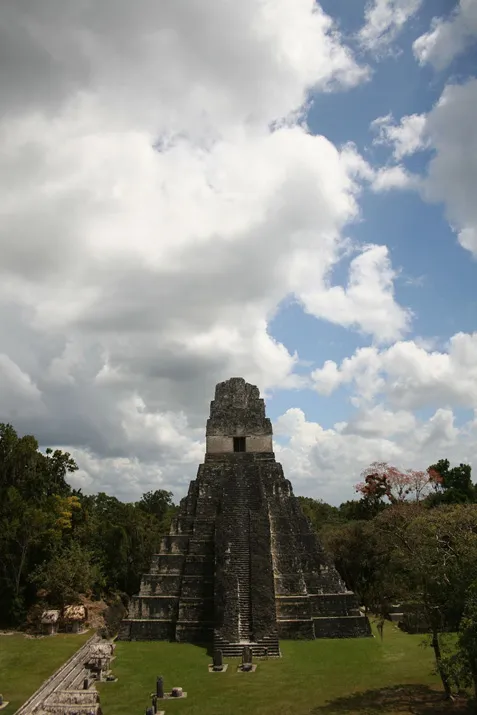The Mystery of Tikal
An ancient Mayan city, once hidden by overgrown jungle, evokes a childlike sense of wonder
I was only 7 years old when I visited Tikal. Along with other children, I broke away from the tour group and wandered among the chambers inside the ancient Mayan edifices. I ran my hands along the walls, imagining that if I pressed a stone just so, a secret chamber would open, revealing treasure or a royal sarcophagus.
No such luck—but that didn't diminish the mystery that enshrouds the ancient city in Guatemala. Founded in 200 B.C., it emerged as a regional superpower that dominated other city-states stretching from the Yucatán Peninsula to western Honduras. Tikal's reign abruptly ended when, for unknown reasons, the Mayans abandoned the city in A.D. 900. Enveloped by jungle, it would not be rediscovered until 1848. Since then, only 15 percent of the site has been excavated.
But what can be seen above ground is the archaeological equivalent of shock and awe. Six temple pyramids dominate the skyline, the tallest of which, Temple IV, stands 212 feet high. Visitors can scale it by means of wooden ladders and protruding roots. Temple VI lays claim to the most extensive hieroglyphics in the Mayan world, narrating the city's dynastic history.
When asked to choose one word to describe Tikal, David Stuart, a professor in the department of art and art history at the University of Texas in Austin, responds: "Vertical."
"The design of those buildings was meant to impress," says Stuart, who has visited the city a dozen or so times during the past 20 years, "and it still works."
Planning Your Next Trip?
Explore great travel deals
Smithsonian magazine participates in affiliate link advertising programs. If you purchase an item through these links, we receive a commission.
/https://tf-cmsv2-smithsonianmag-media.s3.amazonaws.com/accounts/headshot/mark-strauss-240.jpg)




/https://tf-cmsv2-smithsonianmag-media.s3.amazonaws.com/accounts/headshot/mark-strauss-240.jpg)